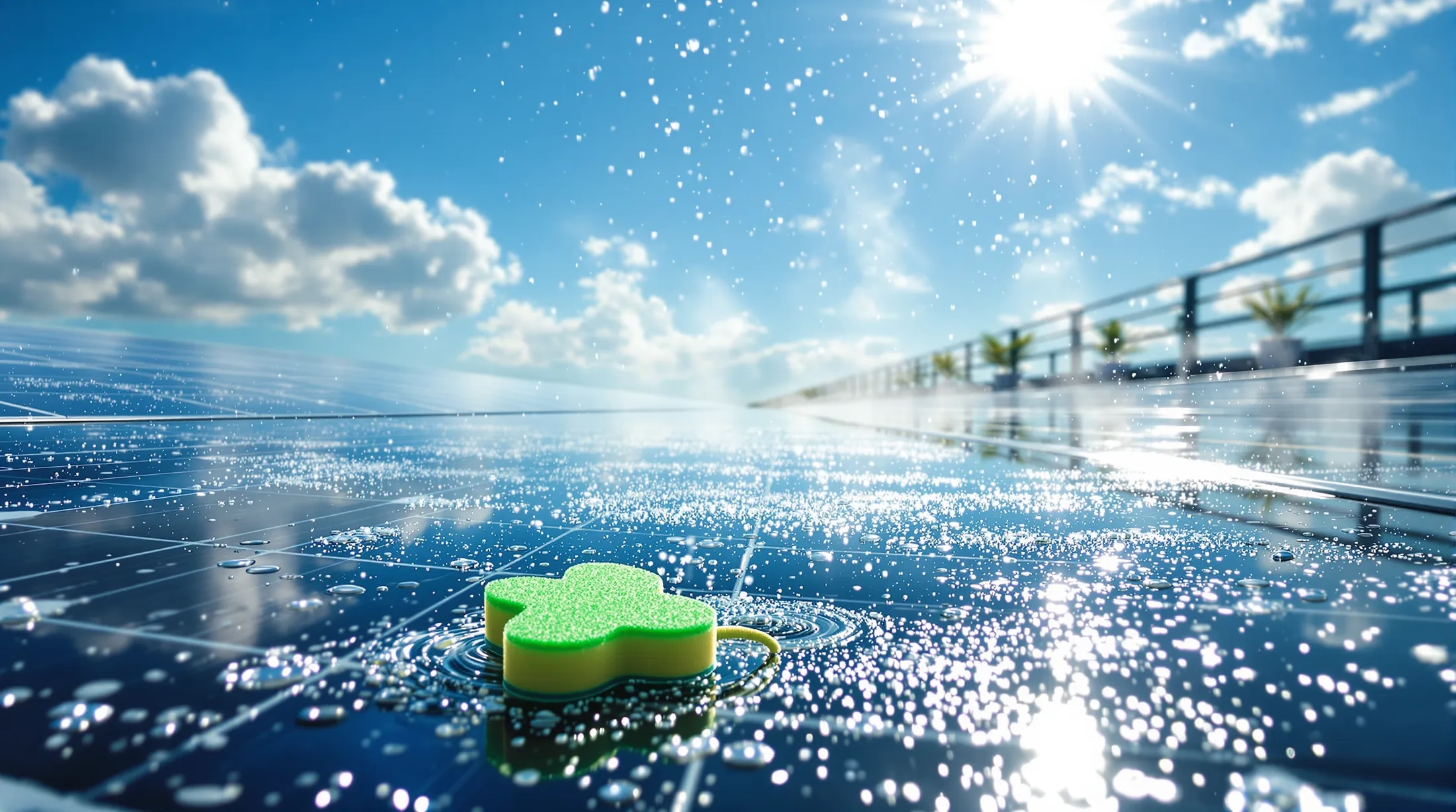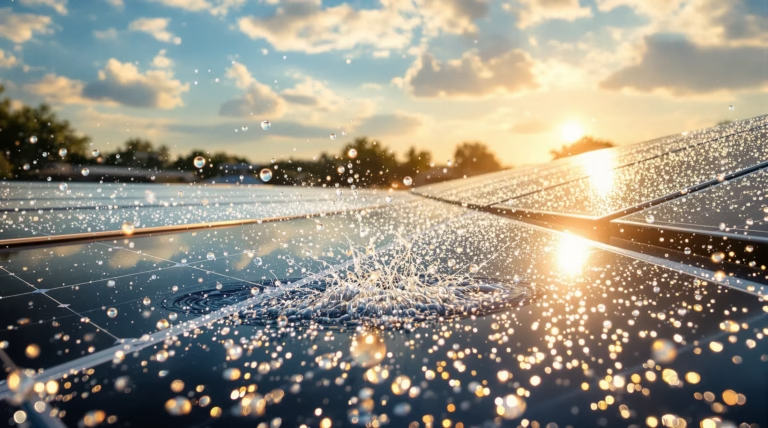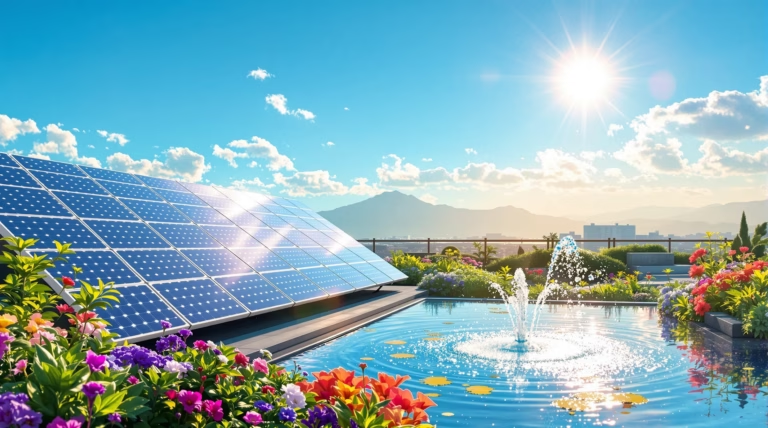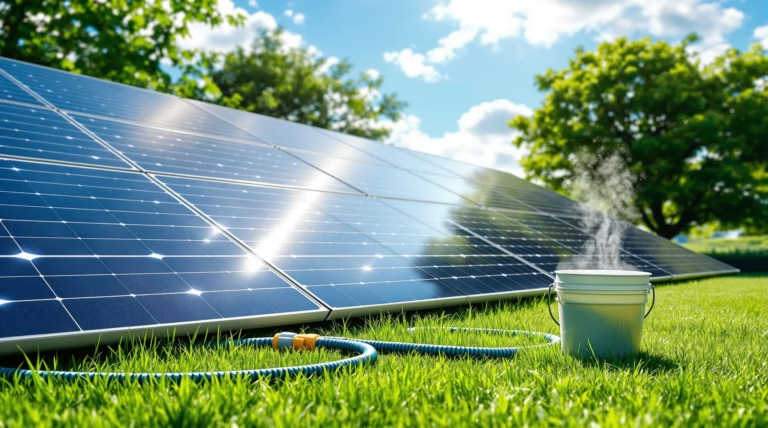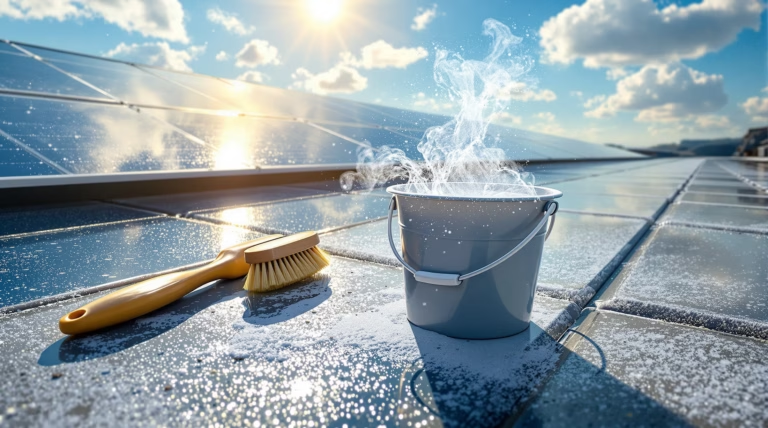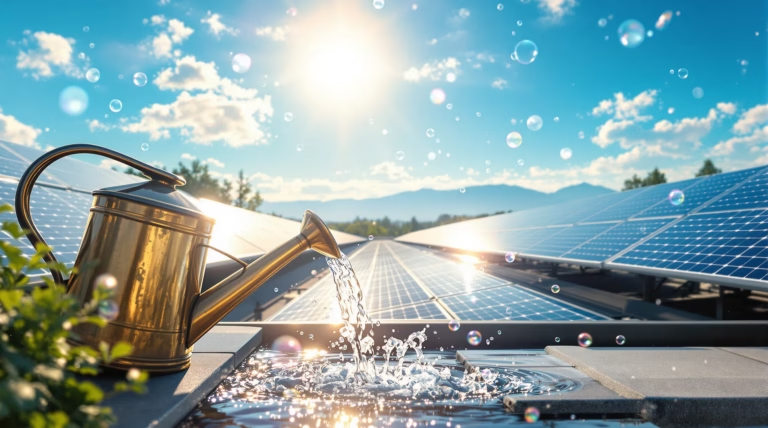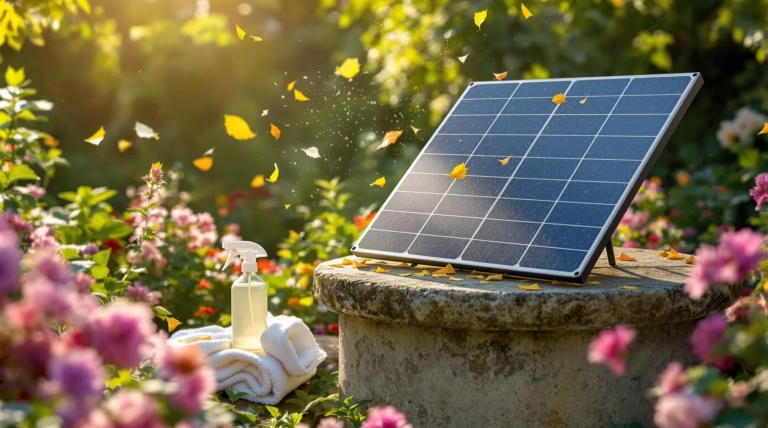Best Solar Panel Cleaner: Top Solutions for Optimal Performance
Investing in solar panels is a significant step towards sustainable energy, but their performance heavily depends on proper maintenance. Discover how the right cleaning solutions and methods can maximize your solar panel efficiency and protect your investment for years to come.
Why Solar Panel Cleaning is Essential
Solar panel cleaning is a critical maintenance task that directly impacts system performance and longevity. When panels operate at maximum efficiency, they generate significantly more energy, translating to better returns on investment. Over time, solar panels accumulate various contaminants that create barriers between sunlight and photovoltaic cells.
- Reduces energy loss by up to 25%
- Ensures optimal sunlight absorption
- Maintains expected power output
- Protects long-term system performance
- Maximizes utility savings
Impact of Dirt and Debris on Solar Panels
| Contamination Level | Efficiency Loss |
|---|---|
| Light dust layer | 5-7% |
| Heavy soiling (bird droppings, tree sap) | 15-25% |
| Extended drought conditions (145 days) | 7.4% |
Benefits of Regular Solar Panel Cleaning
Regular maintenance delivers substantial benefits beyond improved appearance. Clean panels can enhance efficiency by up to 50% compared to heavily soiled ones, maximizing electricity generation and reducing payback periods. Unlike natural rainfall, proper cleaning ensures complete removal of efficiency-robbing contaminants.
- Enhanced energy production
- Extended system lifespan
- Prevention of hotspots and cell degradation
- Warranty compliance
- Early detection of potential issues
Top Solar Panel Cleaning Solutions
The most effective cleaners are gentle and non-abrasive. A simple mixture of water and mild dish soap (3% soap-to-water ratio) effectively removes common contaminants without damaging the panel surface. When selecting commercial cleaners, choose products specifically formulated for solar panels that won’t leave streaks or residue.
Eco-Friendly Solar Panel Cleaners
- Biodegradable soaps with rainwater
- Diluted vinegar solution (1:8 ratio)
- Specialized biodegradable cleaning products
- Natural, chemical-free solutions
- Environmentally safe runoff options
DIY Solar Panel Cleaning Methods
Creating effective homemade cleaning solutions is straightforward and cost-effective. Use lukewarm water with mild dish soap, applied using soft-bristle brushes or microfiber cloths on extension poles. For best results, clean during early morning or evening hours when panels are cool, and always finish with a thorough clean water rinse using a plastic-blade squeegee.
Professional Solar Panel Cleaning Services
Professional solar panel cleaning services deliver exceptional value through expertise and specialized equipment. These experts utilize advanced purified water systems and extended-reach tools specifically designed for safe, effective panel maintenance without requiring roof access.
- Specialized equipment and proper cleaning techniques
- Warranty-compliant maintenance procedures
- Risk elimination for homeowners
- Professional system inspection during cleaning
- Early problem detection and reporting
Tools and Equipment for Solar Panel Cleaning
A comprehensive cleaning setup requires specific tools that ensure both safety and effectiveness. The essential components include a soft-bristle brush with an extendable handle and an adjustable garden hose nozzle that provides appropriate water pressure without risking panel damage.
| Essential Equipment | Purpose |
|---|---|
| Soft-bristle brush | Safe surface cleaning |
| Extendable handle | Ground-level access |
| Microfiber cloth | Streak-free drying |
| Non-abrasive cleaner | Panel-safe solution |
Essential Cleaning Tools for Solar Panels
The foundation of effective panel maintenance lies in using appropriate cleaning tools. Split-fiber technology brushes excel at dirt removal without surface damage, while extension poles reaching 10-20 feet enable safe ground-based cleaning. Plastic-blade squeegees ensure thorough water removal without leaving efficiency-reducing streaks.
- Split-fiber technology brushes
- Extension poles (10-20 feet)
- Plastic-blade squeegees
- Distilled water or specialized cleaners
- Microfiber cloths for detail work
Safety Equipment for Solar Panel Cleaning
Safety equipment forms a crucial component of professional solar panel maintenance. For roof access situations, proper gear includes non-slip footwear, safety harnesses, and appropriate anchoring systems. Ground-level operations require protective eyewear and proper grip-enhancing gloves.
- Non-slip safety footwear
- Professional-grade harness systems
- Weather-resistant work gloves
- Protective eyewear
- LED headlamps for low-light conditions
- Roof anchors and stabilizers
Recommended Cleaning Schedule
For most residential solar installations, a bi-annual cleaning schedule provides an optimal maintenance baseline. The first cleaning should be performed in early spring after winter weather subsides but before peak summer production season. The second cleaning is most effective in fall after pollen season but before winter conditions set in, ensuring maximum system efficiency during high-production months.
- Spring cleaning – removes winter debris and prepares for peak production
- Fall cleaning – eliminates pollen and summer buildup
- Quarterly cleaning – recommended for dusty environments
- Annual cleaning – sufficient for rainy regions with minimal debris
- Performance-based cleaning – when monitoring shows significant output drops
Tips for Maintaining Optimal Solar Panel Performance
A comprehensive maintenance strategy extends beyond routine cleaning to ensure maximum energy generation. Regular inspections help identify potential issues like cracks, loose connections, or frame damage before they become costly problems. Environmental factors significantly impact maintenance needs – panels under heavy tree coverage require frequent debris removal, while those in dusty areas need more regular cleaning.
Routine Maintenance Practices
- Clean panels during early morning or late evening to avoid thermal stress
- Use soft brushes or sponges with mild soap and water
- Avoid harsh chemicals and abrasive materials
- Remove fallen leaves and branches regularly
- Monitor energy output through system software
- Consider automatic cleaning systems for difficult-to-access installations
Monitoring Solar Panel Performance
| Monitoring Task | Frequency | Purpose |
|---|---|---|
| Output review | Weekly/Monthly | Track efficiency patterns |
| Visual inspection | Monthly | Check for visible damage or dirt |
| Professional inspection | Annually | Detailed system assessment |
| Performance alerts | Continuous | Identify sudden efficiency drops |

